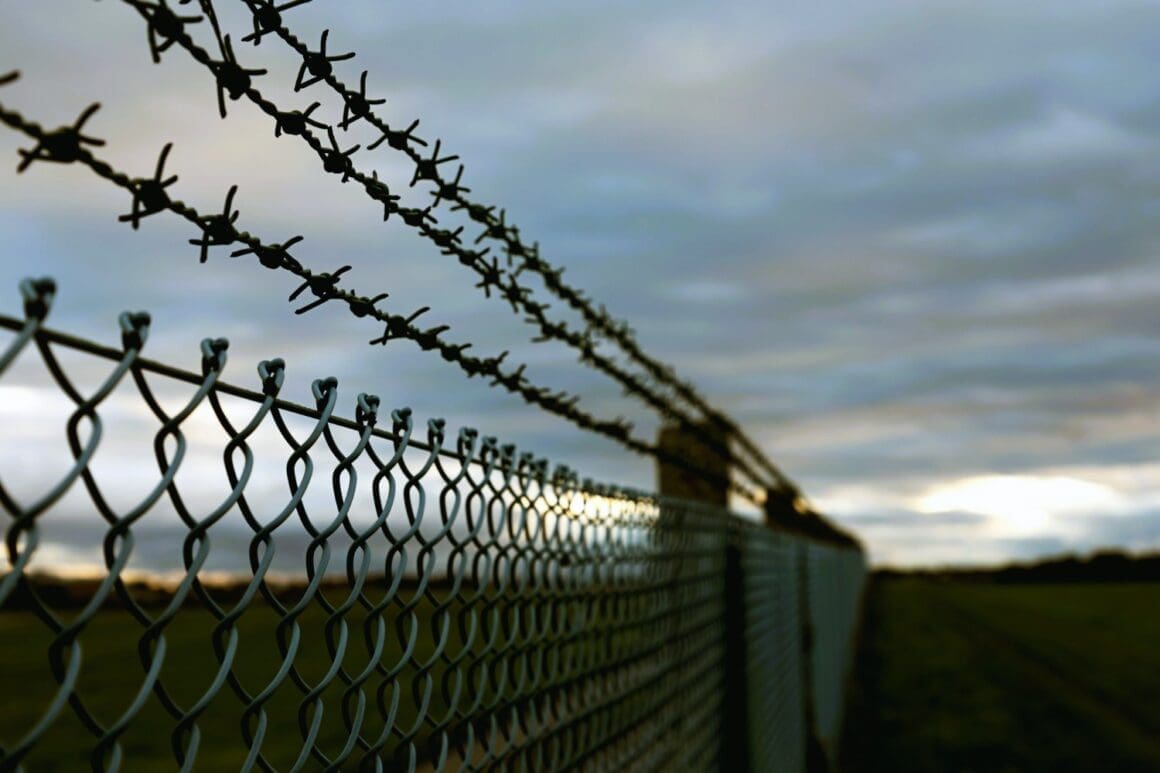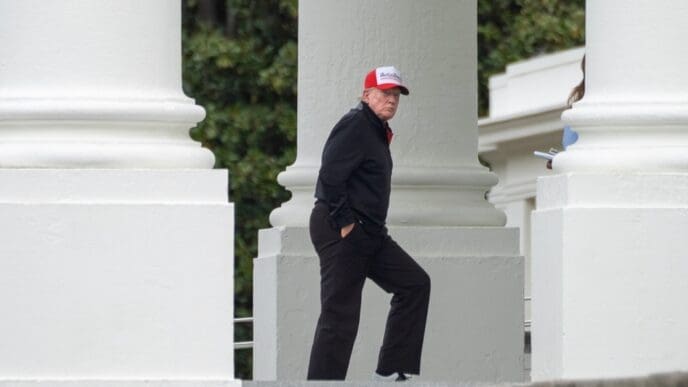A significant development is underway as U.S. officials announced that the first military aircraft transporting detained migrants to Guantanamo Bay took off on Tuesday. This move comes as the Trump administration plans to potentially accommodate tens of thousands of migrants at the naval base in Cuba. It represents the first step in a series of expected flights aimed at relocating a large number of migrants to the base.
The initiation of this military operation marks a pivotal shift in the United States’ approach to handling migrant deportations. Guantanamo Bay, which historically served as a detention center primarily for individuals linked to the September 11, 2001, attacks, is now being repurposed for housing migrants. The facility, as noted by President Donald Trump, has the capacity to accommodate up to 30,000 individuals.
Defense Secretary Pete Hegseth, once stationed at Guantanamo Bay, has described the location as an ideal place for this new function. To support this initiative, additional U.S. troops have been deployed to the base to ensure that all necessary preparations are in place, highlighting the scale and seriousness of the operation.
On Monday, migrants from India were returned to their country, with the flight still ongoing by midday on Tuesday. This move follows a series of deportation flights that have already taken place to countries such as Ecuador, Guam, Honduras, and Peru. In addition, Colombian officials recently facilitated the return of migrants through two separate flights.
These flights underscore a broader strategy under the current administration to address immigration issues using strict and decisive measures. While the approach has raised questions and concerns among various groups, the U.S. government maintains its stance on utilizing Guantanamo Bay for this purpose.
Officials are keen to execute this plan efficiently and effectively, as indicated by the anonymous official who disclosed details yet to be publicly announced. The administration’s decision underscores its ongoing commitment to controlling immigration through a blend of enforcement and repatriation measures.
The decision to utilize military flights for deporting migrants to Guantanamo Bay signals a robust and methodical approach by the U.S. government. As the operation unfolds, the broader implications on international relations and domestic policies remain to be seen.














